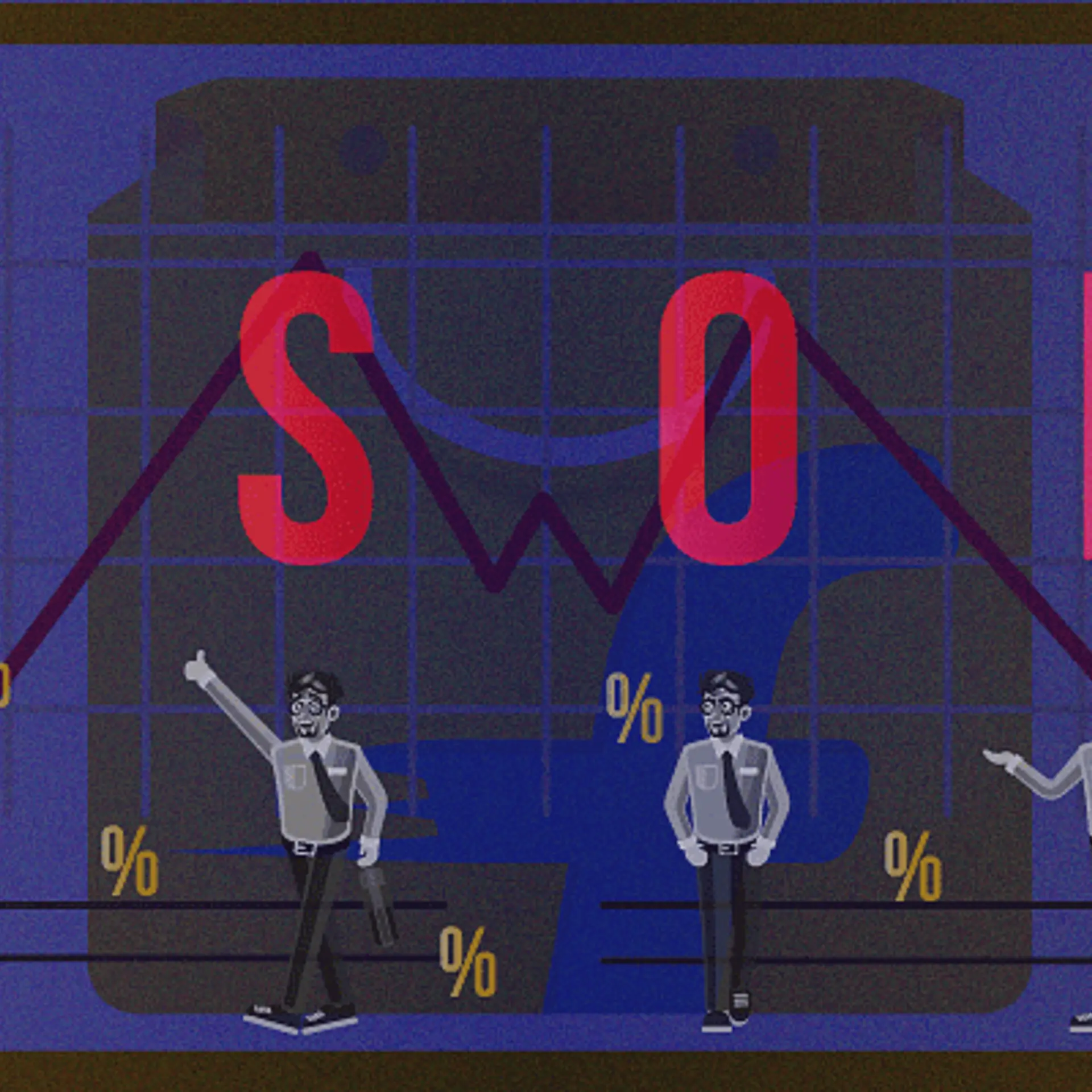Technology: A Game Changer For Intercity Bus Mobility
Technology can be a mediator between rising commuter expectations and the most prominent facilitator of intercity transportation, buses.
Mobility as a sector comprises intracity and intercity segments. In the intracity sector, we have seen a steady influx and growth of branded players such as , ,Rapido , and Shuttle, in the metros, Tier-I and Tier-II cities. The intercity market, however, hasn’t seen a similar growth story.
Although road travel is the most flexible means of commuting due to depth of infrastructure, choice of destinations, and level of journey customisation, affordability and convenience, especially for hauls of 200-300 km and above, its growth hasn’t kept up.
The new-age, digitally savvy Indian commuter has a fast-rising disposable income, albeit with COVID headwinds, and expects a connected experience in all spheres of life, be it entertainment, lifestyle, food delivery, ecommerce, education, work or travel and transportation.
Add to this, rapid urbanisation, and demand for state-of-the-art travel is only going to rise. This is where technology comes in as a mediator between rising commuter expectations and the most prominent facilitator of intercity transportation, buses.
Availability and inclusion
India has a large and diverse base of bus travellers, a segment that has stayed largely offline. Those who are digitally savvy in almost all other spheres of consumption have selectively stayed away from migrating online for intercity services due to deep-rooted pain points in the industry, stemming primarily from lack of reliability.
The Indian consumer base varies across the board — age, education, lifestyle, and spending patterns. Serving a group-level personalised yet scalable delivery model therefore becomes key to excelling.
So, while someone travelling from Delhi to Chandigarh expects a comfortable journey at any hour of the day, a commuter from Agra to Gorakhpur would prefer an affordable option in most cases.
Bus operations in India have largely remained fragmented, with a few operators dominating their respective regions due to the asset-intensive nature of the business and lack of investment in technology.
Understanding the needs of partners and translating those into a suite of mobility apps to not only focus on booking and reservation management, but also include softer aspects of process controls is something we look to technology for.
Some examples of the latter are real-time tracking and alerts and financial tools that optimise for asset utilisation, scheduling, and inventory management for the operator.
Connected and personalised experience
From the customer’s perspective, availability, timeliness, and experience (cleanliness, comfort, and hygiene) should flow simultaneously. Technology plays an important role in how these attributes can be delivered reliably across all touchpoints on a typical customer journey.
Contactless online and offline checkouts, live tracking, in-bus Wi-Fi, real-time boarding/deboarding alerts and notifications are some features being offered today. This opens up several tech-enabled touchpoints that can make the journey seamless and connected. Technology and customer experience are correlated.
Technology can help providers gather and personalise their customers’ experiences based on past behaviour, choices, and purchase history. It helps in understanding their needs and building long-term relationships with them. When you use technology to collect and streamline customer feedback and preferences to feed these back into your services, you’ve already solved half the problems.
The data advantage
Travelling patterns of consumers are getting less predictable. Choices change every day depending on occasion, purpose, weather, and even the health of travellers. To address this, we see a need to build a higher degree of flexibility in our offerings for customers. Here again, technology helps because we are talking of gigantic amounts of data that need to be gathered, analysed, understood, and then used to improve services.
And not just customers’ data, but also providers’ data. What this does is it enables operators to become better at delivering on-the-go demands, keep flexibility as a constant offering, and become trustworthy in the long run.
To sum it up, the intercity travel landscape in India is at an interesting and challenging juncture. While there will obviously be some trial and error, this must be considered an opportunity. Those who mitigate the threats to deliver what the customer expects are the ones who will write the success stories of this industry.
This is why understanding and using technology for the right reasons will be critical to delivering and capturing real value for stakeholders. When this happens, the focus will move from what should be done to what more can be done.
(It is authored by Shailesh Gupta, Founder & CEO of YoloBus)
Edited by Lena Saha
(Disclaimer: The views and opinions expressed in this article are those of the author and do not necessarily reflect the views of YourStory.)



![[The Turning Point] How a bitter travel experience led this entrepreneur to start intercity travel startup Yolobus](https://images.yourstory.com/cs/2/79900dd0d91311e8a16045a90309d734/TP2-1594986403026.png?fm=png&auto=format&h=100&w=100&crop=entropy&fit=crop)




